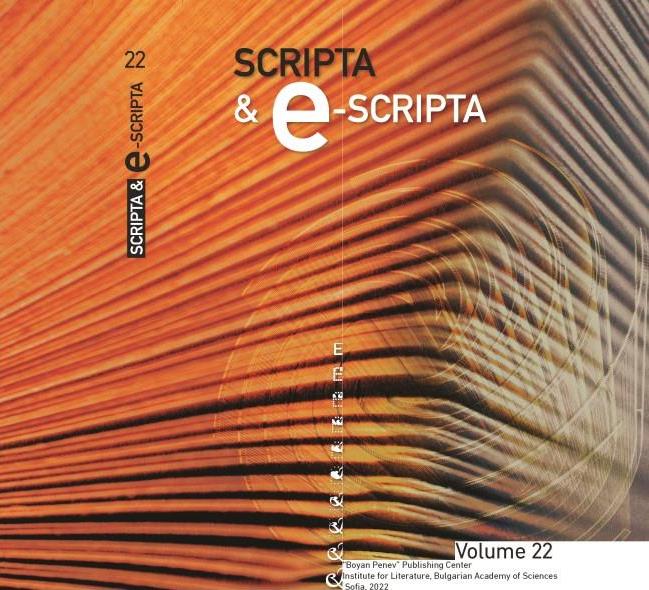The Scene ‘Christ Expels Seven Demons from Mary Magdalene’ in the Post-Byzantine Art
The Scene ‘Christ Expels Seven Demons from Mary Magdalene’ in the Post-Byzantine Art
Author(s): Ralitsa RoussevaSubject(s): Language and Literature Studies, Fine Arts / Performing Arts, Visual Arts, Philology, History of Art
Published by: Институт за литература - БАН
Keywords: St Mary Magdalene; exorcism; post-Byzantine art; Pimen of Zographou; Linotopi artists; Cretan School; Pentecostarion Cycle; murals
Summary/Abstract: The paper deals with several sixteenth- and seventeenth-century mural representations from different Balkan regions, illustrating Christ Expels Seven Demons from Mary Magdalene as an individual scene. The representations can be grouped in two categories based on the iconographic interpretation of the subject. The first one includes those in the Church of Prophet Elijah (1550) in Sofia and churches associated with the work of St Pimen of Zographou: the Church of the Dormition of the Theotokos in Zervat (1603, Albania), the Church of St Theodore Tyron and St Theodore Stratelates in Dobarsko (1614), the Monastery of St Nicholas in Seslavtsi (1616). The iconography of these four monuments is as a whole very reminiscent of other scenes of healings by Christ. The scene is placed in the context of the Pentecostarion cycle. The second group includes monuments painted by the artists from Linotopi, especially by Nicholas: the Monastery of the Dormition in Spilaio near Grevena (1649); the Monastery of the Transfiguration in Dryovouno (1652) and the Church of St Demetrius in Palatitsion (1570; 17th century). The general iconography here reminds of the healings of demon-possessed, while the iconographic characteristics of Mary Magdalene are akin to those of St Mary of Egypt. The scene is placed among those illustrating the Miracles and Parables. In the Hermeneias of Dionysios there is no description of the scene, although it is included as a title in Πήγαι in the Divine Works and Miracles of Christ. Probably Dionysios of Fourna was familiar with representations on the subject. For the time being we can only assume that a representation of this scene has existed before 1550, i.e. before it was painted at the Monastery of Iliyantsi.
Journal: Scripta & e-Scripta
- Issue Year: 2022
- Issue No: 22
- Page Range: 221-232
- Page Count: 12
- Language: English
- Content File-PDF

